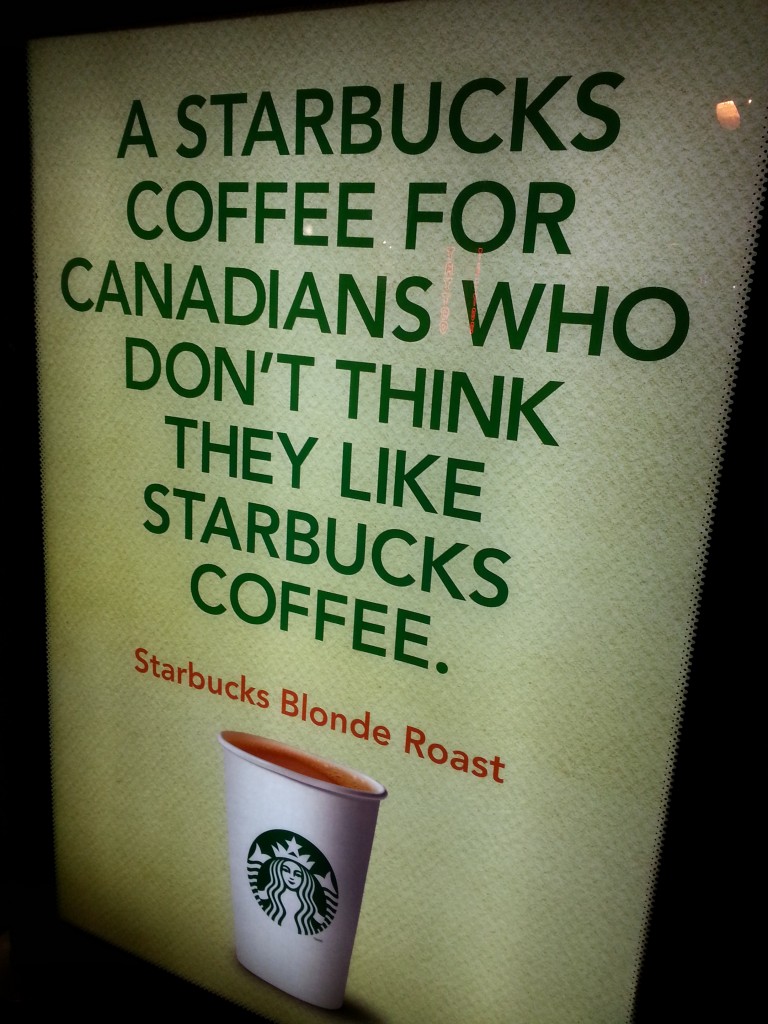Karen Young’s Real Authentic Marketing
First of all I would like to thank you Karen for posting such interesting blog. I wouldn’t have seen the video if not of the blog. I partly agree and partly disagree on Karen’s opinions on “Authentic Marketing”. In her blog, Karen stated that “For me, it all boils down to the entire purpose of marketing. The thing is, marketing isn’t ‘real’. The purpose of marketing is to showcase your brand in the best light so consumers see value in your product or service and are willing to pay the price for it.”, it is absolutely true that marketing is to display the product/brand in a way that would get its viewers to do whatever things that the marketer is wanting for. However, this does not mean marketing is not “real”. In fact, with the topic of “marketing ethnics” being discussed earlier this term, I strongly suggest every marketing has to be real.
If marketing is not “real”, then it is just a lie trying to trick its viewers into believing something that is not true. McDonald’s can’t advertise a burger that they will never sell realistically. If McDonald’s uses a bigger burger in their advertisements to persuade consumers to buy that burger only in a much smaller size, then that is not right. Because it is lie more than a way to showcase the product in the best light since the product never exist.
I would actually be much happier if companies can get their marketing strategy to be more and more authentic so that I won’t have to do trial and error to get the products that I want while wasting time and money. Marketing is to get targeted consumers to do what the marketers want, but the bottom line is, it has to stay true.

